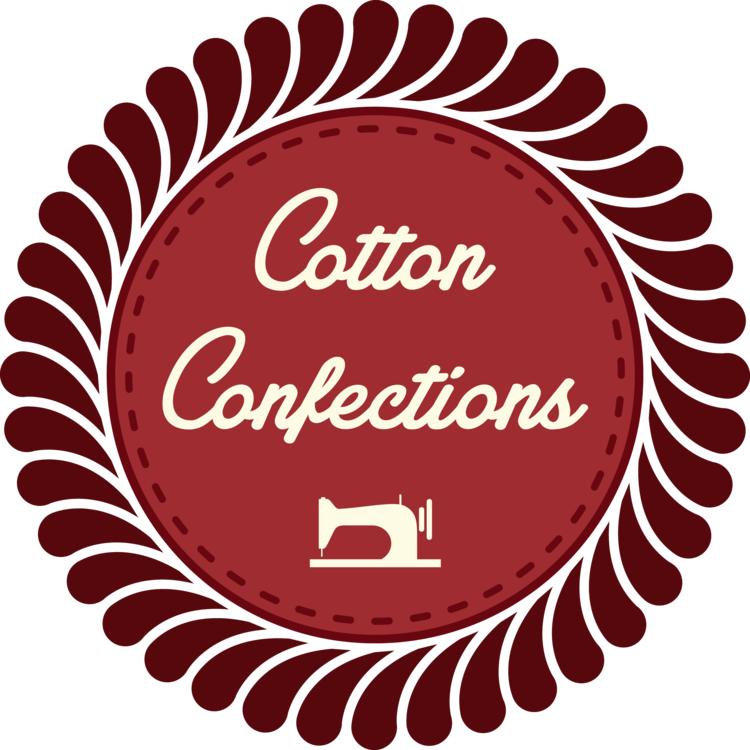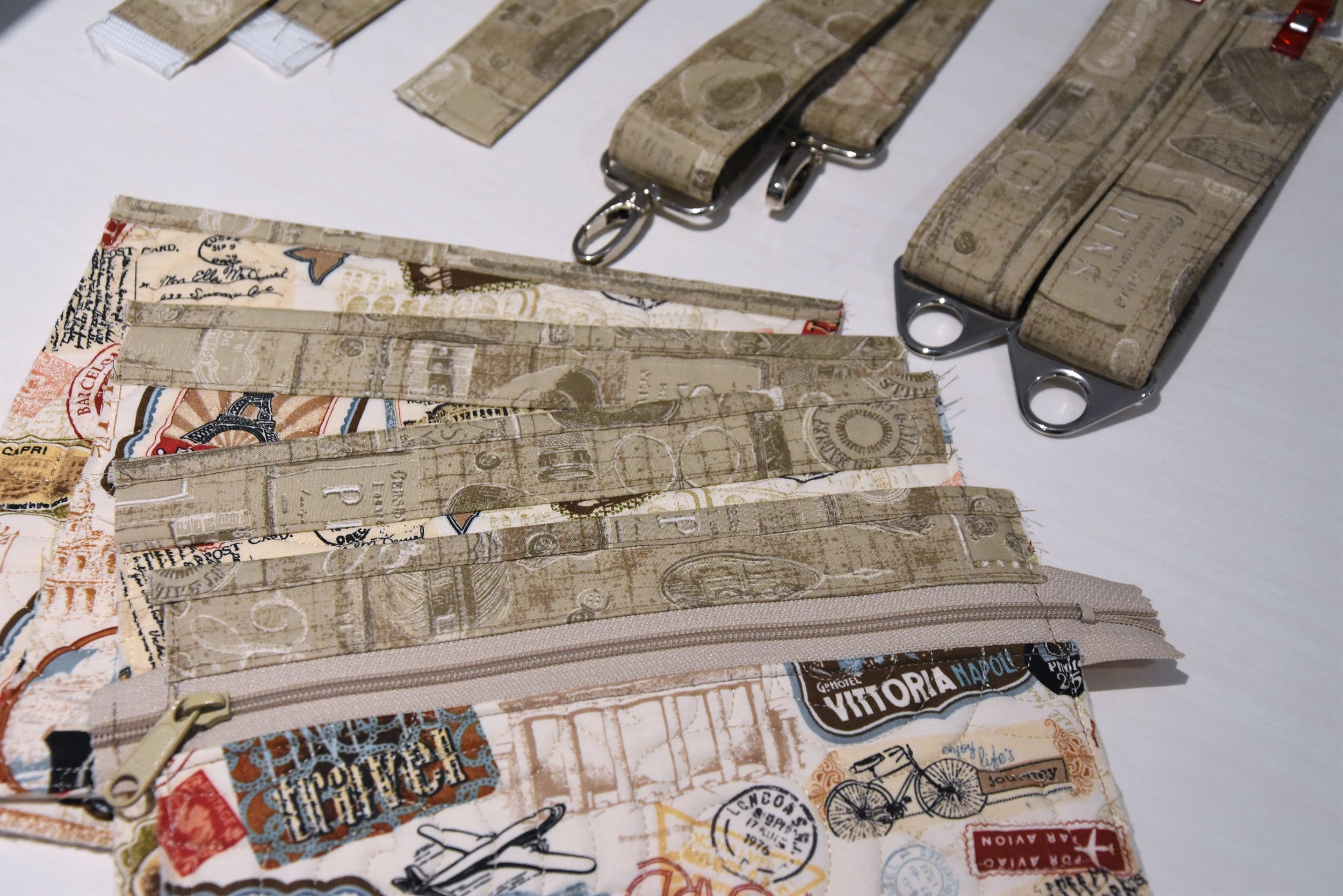After I made three quilted stockings and hung them on my family room fireplace, I wanted a smaller and quicker-to-make version. To save time, fusible batting/fleece was used this time. Also, I had some small amount of faux fur trims from Mokuba for several years already, and finally they found their purpose! The trims really bring some wintry and Christmassy accents to the stockings! Lovely! Nordic themed Christmas fabrics were used for the body. The red piece is Folk Art Holiday by Gina martin and the green piece is North Woods by Kate Spain.
To celebrate Christmas, I made these stockings a free pattern! Enjoy!
Merry Christmas and Happy New Year! I wish you a prosperous and cheerful 2018. I will keep my hands and sewing machines busy, de-stashing my fabrics and fibers as much as possible!










